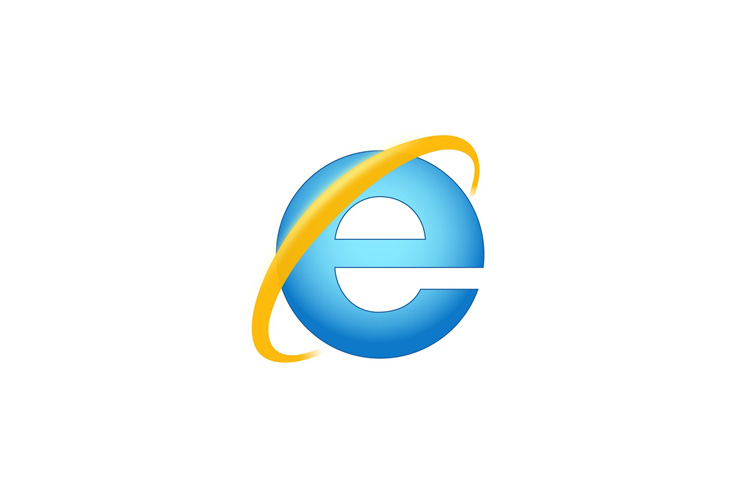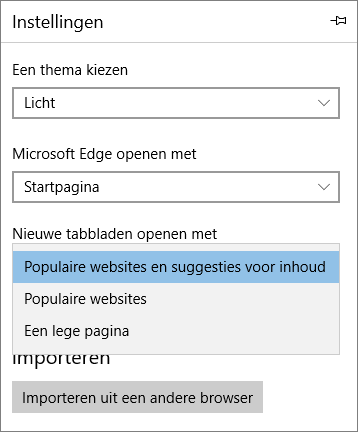Collaborate for free with online versions of Microsoft Word, PowerPoint, Excel, and OneNote. Save documents, spreadsheets, and presentations online, in OneDrive. Microsoft 365 is a subscription that includes the most collaborative, up-to-date features in one seamless, integrated experience. Microsoft 365 includes the robust Office desktop apps that you’re familiar with, like Word, PowerPoint, and Excel. Get Microsoft Edge for iOS and Android. Learn more: Accessibility with Microsoft Edge Skip to main content.
The new Microsoft Edge is based on Chromium and was released January 15, 2020. It's compatible with all supported versions of Windows, and with macOS. When you download this browser, it replaces the legacy version of Microsoft Edge on Windows 10 PCs. With speed, performance, best-in-class compatibility for websites and extensions, and built-in privacy and security features, it's the only browser you'll ever need.
The new Microsoft Edge is ready for the classroom. The new Microsoft Edge browser offers world-class performance and compatibility to help reduce friction while teaching and provides new tools to enable learning—all while keeping users protected. Microsoft 365 Apps is starting to provide new or improved features that rely on Microsoft Edge WebView2. For example, the Room Finder and the Meeting Insights features in Outlook. WebView2 uses Microsoft Edge as a rendering engine to display web-based features in a desktop application.
Microsoft Edge Legacy is the HTML-based browser launched with Windows 10 in July 2015. It was the default browser on Windows 10 PCs.

To learn more about the new Microsoft Edge , click here.
Important
The improved Microsoft 365 security center is now available. This new experience brings Defender for Endpoint, Defender for Office 365, Microsoft 365 Defender, and more into the Microsoft 365 security center. Learn what's new.


Applies to
As an admin for Exchange Online, you can set up Outlook on the web (formerly known as Outlook Web App) to allow sending and receiving S/MIME-protected messages. Use the Get-SmimeConfig and Set-SmimeConfig cmdlets to view and manage this feature in Exchange Online PowerShell. To connect to Exchange Online PowerShell, see Connect to Exchange Online PowerShell.
For detailed syntax and parameter information, see Get-SmimeConfig and Set-SmimeConfig.
Considerations for new Microsoft Edge (Chromium-based)
To use S/MIME in Outlook on the web in the new Microsoft Edge web browser, you (or another admin) must set and configure the Microsoft Edge browser policy named ExtensionInstallForcelist to install the Microsoft S/MIME extension in the new Microsoft Edge. The policy value is maafgiompdekodanheihhgilkjchcakm;https://outlook.office.com/owa/SmimeCrxUpdate.ashx. And note that applying this policy requires domain-joined or Azure AD-joined devices, so using S/MIME in the new Microsoft Edge browser effectively requires domain-joined or Azure AD-joined devices.

For details about the ExtensionInstallForcelist policy, see ExtensionInstallForcelist.
This step is a prerequisite for using new Microsoft Edge; it does not replace the S/MIME control that's installed by users. Users are prompted to download and install the S/MIME control in Outlook on the web during their first use of S/MIME. Or, users can proactively go to S/MIME in their Outlook on the web settings to get the download link for the control.
Considerations for Chrome
To use S/MIME in Outlook on the web in the Google Chrome web browser, you (or another admin) must set and configure the Chromium policy named ExtensionInstallForcelist to install the Microsoft S/MIME extension in Chrome. The policy value is maafgiompdekodanheihhgilkjchcakm;https://outlook.office.com/owa/SmimeCrxUpdate.ashx. And note that applying this policy requires domain-joined computers, so using S/MIME in Chrome effectively requires domain-joined computers.
Microsoft Edge Office 365
For details about the ExtensionInstallForcelist policy, see ExtensionInstallForcelist.
This step is a prerequisite for using Chrome; it does not replace the S/MIME control that's installed by users. Users are prompted to download and install the S/MIME control in Outlook on the web during their first use of S/MIME. Or, users can proactively go to S/MIME in their Outlook on the web settings to get the download link for the control.
Microsoft Edge 365 Mail
For more information
